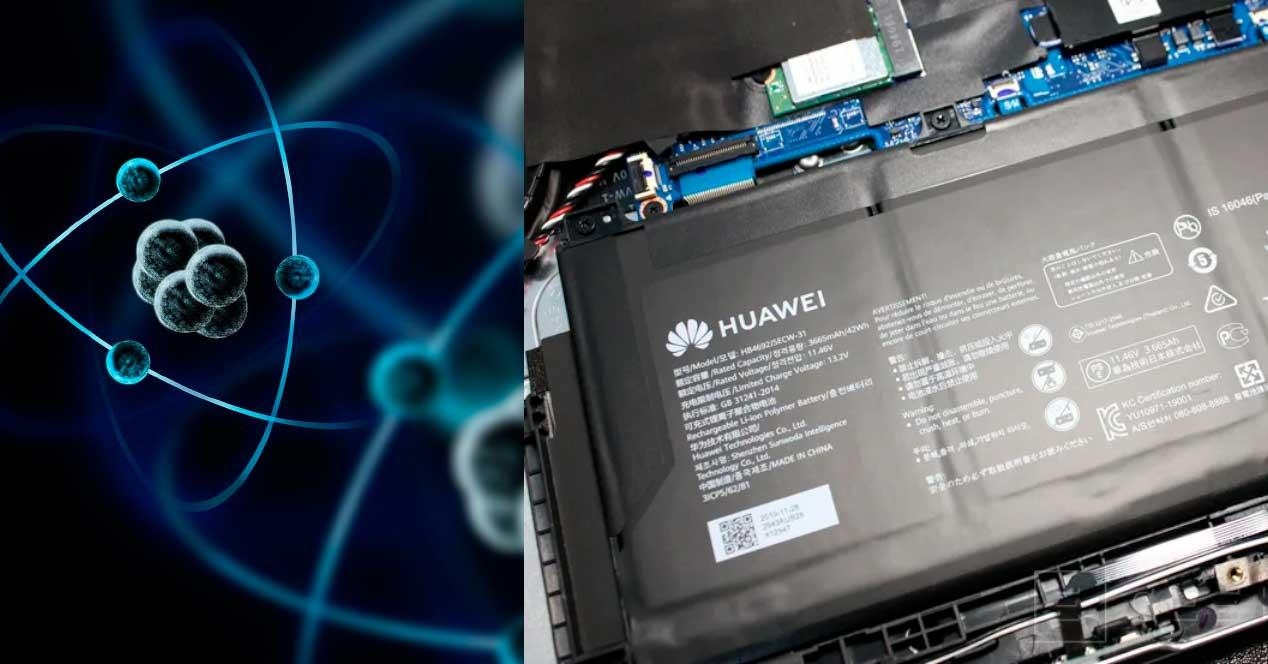The discovery of a new material for the construction of lithium batteries could put an end to the problem of their limited lifespan and it is that the BP Copolymer is a material with which its creators hope to triple the lifespan of the batteries of this type, so much used today in many of our daily products.
That the rechargeable batteries in our laptops, wireless devices and mobile phones wear out over time to the point that they end their useful life and can no longer be used. What if you were told that a new material keeps lithium-ion battery capacity at 100% for 5 years? Well, this material exists.
What is BP Copolymer?
Under a seemingly complicated name worthy of a Lovercraftian entity hides a new type of material that could replace the fluorinated polyvinylidene in the construction of lithium-ion batteries. The difference in performance is that the material currently used to store lithium in batteries tends to reduce its 65% charge capacity after an average of 500 charge cycles. Which causes it to reach the point where our laptop’s battery life is decreasing more and more. This is fatal for gaming laptops or used as workstations due to their high performance because by losing battery capacity they also lose portability.
The planned obsolescence of many products is also a problem. Due to the fact that its batteries die before the rest of the components. Well, the Japanese Institute of Science and Technology has succeeded in constructing the BP copolymer whose acronym stands for bis-imino-acenaphthenequinona-paraphenilene
An answer to the shortage of materials?
Obsolescence is one of the things that keeps production lines running. If the products are too good, people don’t buy, stores don’t sell, and factories don’t produce. So it’s part of our economic system. Manufacturers expect that within a certain period of time you will replace your newly purchased product with a new one. While it is true that the BP copolymer will make our lithium battery products much more durable, it will also lengthen product renewal or update cycles.
However, the problem of the scarcity of materials used for the construction of devices such as cell phones, laptops, etc. This could be a force forcing manufacturers to switch to batteries with a much longer lifespan. Although the market where this has the most potential is in electric cars due to climate change.
Finally, building batteries is very polluting, so if it reduces this problem, then it is welcome. Unfortunately, at the hardware level, the use of BP copolymer can mean a price increase. Of course, material shortages combined with recent geopolitical phenomena have reduced production capacity on many fronts. Are we heading towards a world where our portable hardware will once again be as expensive as it once was?










